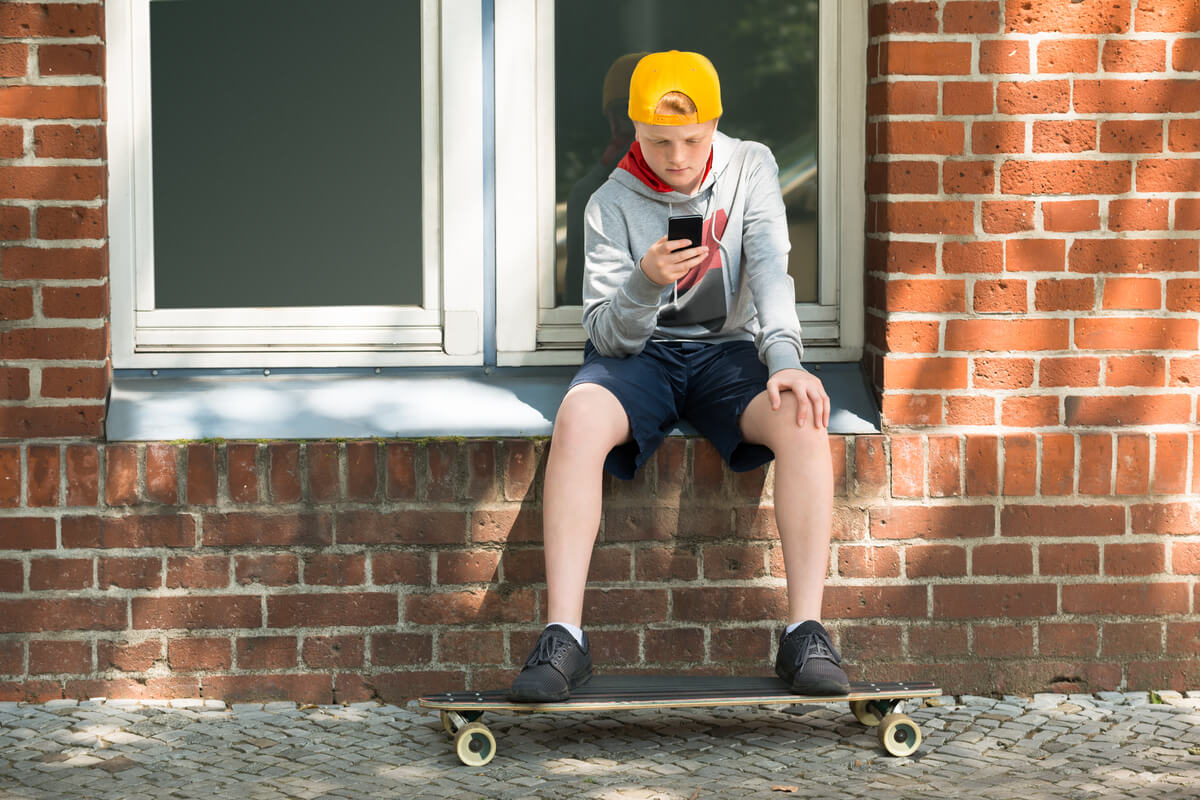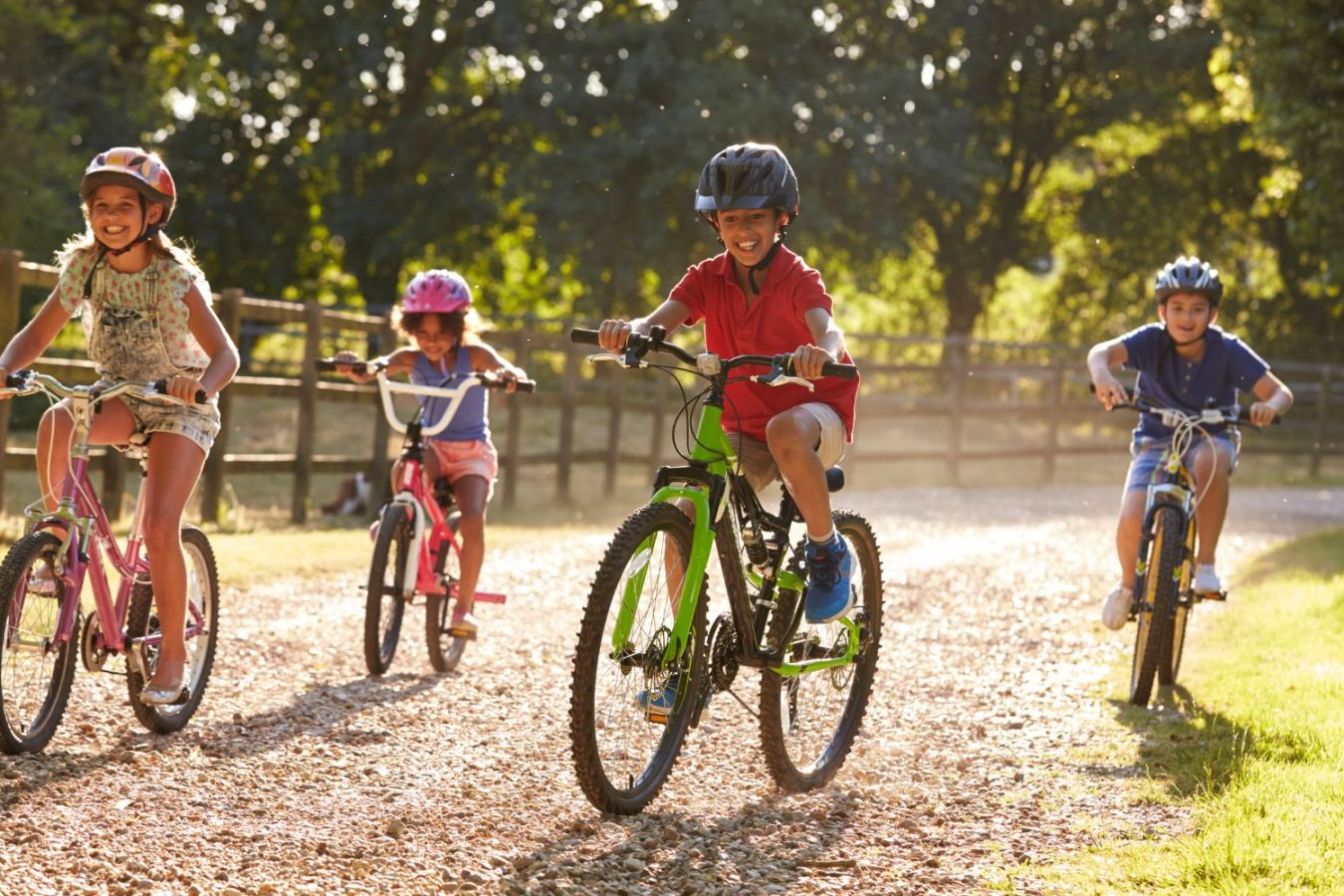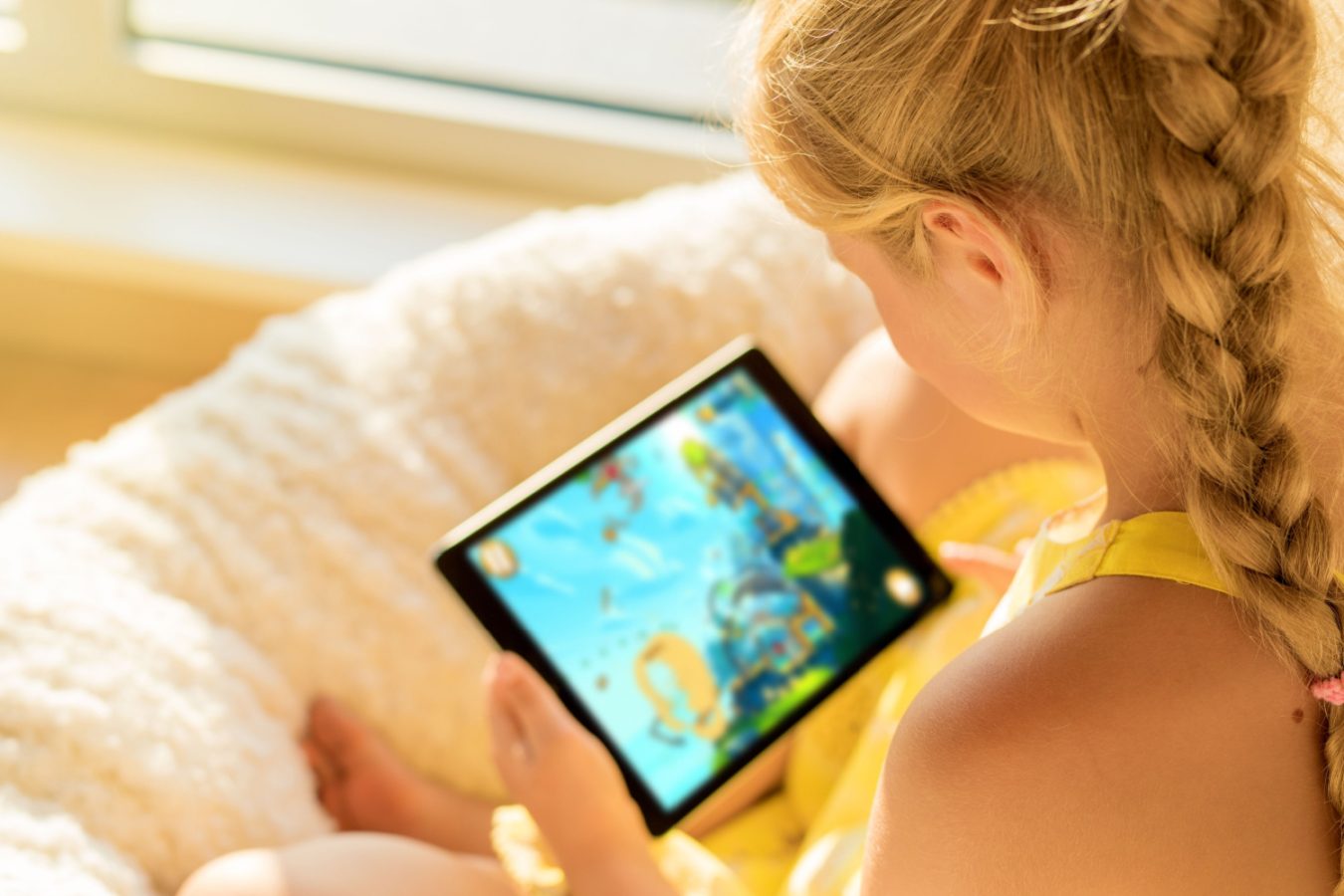
The case for including safe sexting education at school, how Australian teens read, and helping kids improve their posture when gaming.
Our selection of thought-provoking and useful resources from around the web on educating and raising children, and supporting families.
We teach school kids about safe sex. We need to teach safe sexting too
(, Lelia Green, The Conversation)
Teaching kids about safe sex practices happens at school, so should it include education about safe sexting? This article discusses the importance of addressing the reality that sexting is a regular occurrence among young people.
‘A 2021 survey of almost 7,000 Australian teenagers (aged 14 to 18) found sexting was “ordinary practice” for young people. Of those surveyed, 86 per cent reported they had received sexts, and 70 per cent said they had sent them’, write the authors.
By including education about safe sexting alongside traditional sex education in schools, the authors suggest that we will be better equipping our children to understand potential risks. Issues like cyberbullying and digital harassment can be prevented through an inclusive education approach.
From their research, the authors report, ‘Teens wished they had been taught about sexting before encountering it so they could “be prepared”. Secondary school students said sexting education should begin in upper primary school, with age-appropriate discussions continuing into high school’.
The article highlights the need for an educational approach that empowers young people to navigate sexting responsibly. The authors also stress the role of parents and educators in providing guidance and support and a non-judgemental approach to understanding the complexities of sexting.
Read the full articleUnderstanding Australian teen readers
(Teen Reading in the Digital Era)
Researchers at Deakin University have released a new report, Discovering a Good Read: Exploring Book Discovery and Reading for Pleasure Among Australian Teens. This report examines how our teenagers read.
Approximately 12,000 Australian tween and teen readers from across Victoria, New South Wales, Queensland, and Western Australia were surveyed between March 2022 and June 2023.
The report highlights the importance of fostering a love for reading among teens and suggests strategies to encourage this. The survey found that ’71 per cent of teens read for pleasure at least once a week, and 45 per cent of teens read more during the school holidays,’ indicating a strong interest in recreational reading among this demographic. However, it also noted a decline in reading frequency with age, suggesting a need for continued support and encouragement in the teenage years.
Those classed as ‘regular readers’ by the report had a higher percentage of parents (both mothers and fathers) who were regular or weekly readers compared to some of the lesser reading categories. Those teens who read less often also think their parents read less.
Survey participant Minh said, ‘Me and my mum both like to read books, and then talk about what we’re reading. … We read completely different genres, but still manage to understand what the other person is talking about’.
Read the full reportVideo games can lead to poor posture in children. Here's how to help
(Mikki Cusack, ABC Radio Perth)
As we head into another bout of school holidays, many children will likely spend some time playing video games, either on a handheld device, at a computer, or on a console. Like adults, it is very easy for children to forget their posture and become fixated on the game while doing so.
In this article, the author speaks with physiotherapist Vanessa Kirby on how we can help our children with better posture.
Ms Kirby explains the method she developed called ‘Fatigue, Flip and Roll’, which helps parents and children change their position while engrossed in their game.
‘When kids are on devices, they tend to sit in slouchy postures. Their spines are in a C shape into the chair, and their head is in a forward posture,’ Ms Kirby said.
By monitoring your child’s posture position, you can work with them to help keep them moving and strengthen other muscle groups.
Read the full article

